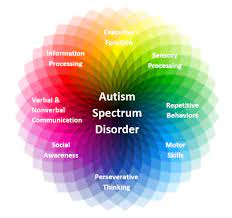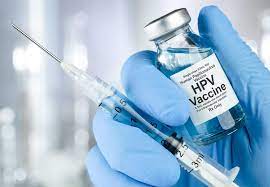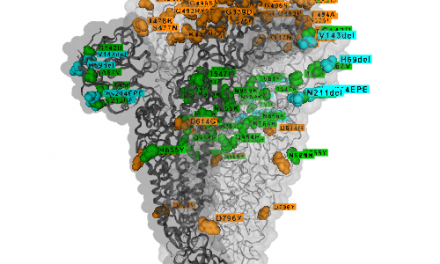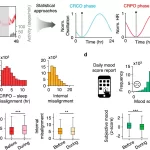In a significant stride towards understanding the enigmatic onset of Autism Spectrum Disorder (ASD), scientists from the University of California-San Diego have delved deeper into the metabolic changes occurring between birth and the manifestation of ASD symptoms in childhood.
Published in the journal Communications Biology, the research uncovers pivotal insights into the biochemical pathways underlying the transition from infancy to the presentation of ASD later in childhood. Led by Professor Robert Naviaux, the interdisciplinary team sheds light on a select few biochemical pathways that predominantly steer these early changes culminating in ASD—a neurodevelopmental condition characterized by challenges in social interaction, communication, and repetitive behaviors.
Professor Naviaux, affiliated with the Departments of Medicine, Pediatrics, and Pathology at the university’s School of Medicine, emphasized the crucial finding that at birth, the trajectories of children destined to develop autism are virtually indistinguishable from those of neurotypical peers. “The fate of the child with regard to autism is not set at birth,” Professor Naviaux asserted, accentuating the potential for early intervention and improved outcomes through early diagnosis.
The study scrutinized cohorts of newborns, where autism was imperceptible, juxtaposed with a group of 5-year-olds clinically diagnosed with ASD. Notably, the researchers discerned profound metabolic disparities between these two groups, unraveling a fundamental association between metabolic profiles and neurodevelopmental trajectories.
Among the myriad biochemical pathways scrutinized, a mere 14 emerged as pivotal, driving 80 percent of the metabolic alterations linked to autism. Of particular significance were pathways intertwined with the cell danger response—an intricate mechanism orchestrating the body’s cellular reaction to injury or metabolic stress.
Professor Naviaux conjectured that autism might ensue when the body’s biochemical defenses fail to mature adequately, culminating in heightened sensitivity to environmental stimuli. This heightened sensitivity, he posited, contributes to the sensory sensitivities and diverse symptoms characteristic of autism.
The implications of this breakthrough are profound, offering a potential springboard for novel strategies in early detection and intervention for autism. By pinpointing metabolic biomarkers indicative of ASD risk, clinicians may be empowered to intervene at the earliest stages, potentially altering the trajectory of the disorder and optimizing developmental outcomes.
As the scientific community continues to unravel the intricate tapestry of autism etiology, this research represents a seminal step forward in the quest to decode the early metabolic signatures heralding the onset of ASD—a milestone with far-reaching implications for individuals, families, and society at large.











